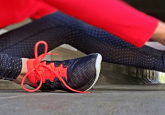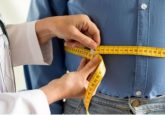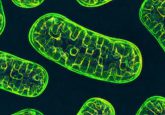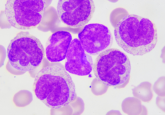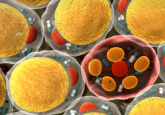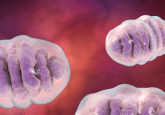Why we “hit the wall”

Glucose shortage in the brain causes that “hitting the wall’ feeling in endurance activity. Is there a way to break through?

“Exercise-in-a-pill” boosts athletic endurance by 70%.
Credit: Salk Institute
Although our bodies thrive on exercise, few people in the Western world get enough activity, which contributes to diabetes, heart disease, and obesity (1). A better understanding of the science behind endurance could offer those who struggle with inactivity the health advantages of exercise in less time.
Writing in Cell Metabolism, researchers at the Salk Institute show how depletion of carbohydrate stores explain the phenomenon of “hitting the wall”—a sudden state of physical and mental exhaustion that less active people run into sooner than athletes during activity (2).
Previous research on this phenomenon focused on muscle changes or mitochondrial proliferation. “While important, they aren’t the key for endurance or determining the ‘wall,’” said first author Weiwei Fan. “The key is glucose availability in the blood.”
To overcome the “wall,” the Salk team zeroed in on a transcription factor, PPARδ, which stimulates metabolic endurance pathways. Knockout experiments in mice showed that metabolic endurance depended on PPARδ. In follow-up tests in sedentary mice, molecularly activating PPARδ with a drug (GW501516) boosted endurance by repressing glycolytic genes in muscle, slowing glucose consumption.
“Our earlier study showed that the drug only worked in exercised animals. Here, we increased the dose and treatment time, and the drug alone sufficiently mimicked exercise in promoting endurance,” explained Fan.
Endurance athletes burn more fat to support muscle during activity, saving glucose to fuel the brain. The drug activates PPARδ, reprogramming the body to reserve glucose for the brain while training muscle to use fat. In treated mice, activation of PPARδ extended running time by over 100 minutes.
Although GW501516 is banned in humans because it promotes tumor formation, “we’re developing next-generation PPARδ activators with a better safety profile to help people gain health benefits from exercise without needing to exercise,” noted Fan.
This discovery could provide a shortcut for those with medical conditions or older ages. However, the researchers also recognized possible exploitation by athletes.
“I think combining PPARδ activation and exercise could best utilize this research—helping ‘poor exercise responders’ to benefit from exercise,” said Anna Krook at the Karolinska Institute, who was not involved in this study. “Since ‘real exercise’ mediates numerous beneficial effects, it’s very unlikely that all of them depend on PPARδ.”
